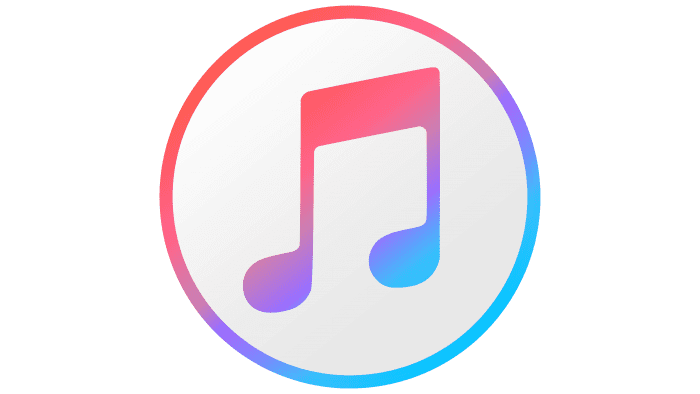The Logo of X is Unconventional. It emerged during a complex period for the world but is associated with a light theme, as social networking is a great way to gather information, learn new things, and find like-minded people. It also appears simple. At the same time, this unpretentious symbol hides many secrets of the owner of the popular service, as it bears the imprint of the space industry; it resonates with SpaceX.
X: Brand overview
| Founded: | 2023 |
| Founder: | X Corp. |
| Headquarters: | USA |
| Website: | x.com |
X is a social network previously known as Twitter. It inherited its predecessor’s legacy, allowing registered users to post short notes. The microblog debuted in 2006, launched by a group of developers, including Jack Dorsey, Evan Williams, Noah Glass, and Biz Stone. In the spring of 2022, it was bought by billionaire Elon Reeve Musk and renamed X Corp, its full legal name. Musk believes that the former name and old concept do not reflect his vision for the web resource, as he intends to turn it into an “app for everything.”
Meaning and History
This microblog has a simple past and a complex future. Previously, Twitter was a place for “chirping,” publishing short notes no more than 140 characters long, fitting its concept perfectly. Therefore, its visual identity was tied to a tiny bird. However, in 2022, the social network entered an era of reformatting. It started with a name, adopting the mysterious label – X.
A year later, the owner introduced another logo based on the new name of the web resource. Then the concept changed, as the need for the words “tweets” (miniature posts) and “tweeting” (to inform about something in short form) disappeared. In the future, more important steps will follow, which may span years, as the microblog will ultimately become a place to concentrate everything – from banking operations to interactions with the government.
What is X?
X is the former Twitter, bought by Elon Musk in 2022 and renamed in 2023. The social network creators with microblogs are Jack Dorsey, Evan Williams, Noah Glass, and Biz Stone, who launched it in 2006. After transitioning to a new owner, the resource began to change gradually, as he intends to transform it into an “app for everything,” including communication, purchasing goods and tickets, transactions through personal wallets, calling taxis, paying utility bills, administrative services, and much more.
2006
The social network was planned to be named Twttr, so this unusual word was featured on the debut logo. Biz Stone (creator of the first emblem) designed a version with a lowercase inscription in green: the letter “w” was painted in a light shade, while the rest were in a dark one. The font was unique, more hand-drawn than typeset, consisting of bubbly glyphs in lowercase. For added effect, the designer covered them with dewdrops to make the text appear lively and attractive. This version served as a prototype for subsequent signs.
2006 – 2010
The logo of that time was the blue word “twitter,” set in an original font by Linda Gavin. These were lowercase letters without serifs, soft contours, smooth curves, and unfinished lines. Moreover, they lacked angles. The “t” was missing the left part of the crossbar, the “w” looked like an inverted capital “E,” and the “r” was hook-shaped.
During this period, the service purchased an image of a blue bird, which appeared on its emblem a little later. The social network acquired the drawing for $15 on iStock from illustrator Simon Oxley. The tiny bird was then named Larry in honor of Larry Bird, the American basketball player, and was used on the site as an icon because iStock images could not be used in logos.
So, Biz Stone took the bird as a prototype and created another image based on it, with a sharp tail, a curved beak, wings, and a white eye. The idea was implemented by the artist Philip Pascuzzo. Then two more options were proposed – a minimalistic one and a cartoonish one.
2010 – 2012
This logo contained the word “twitter” in its usual design. It had bubbly letters with rounded ends. To the right of the inscription was the new mascot of the social network – a miniature bluebird, the final version of which Philip Pascuzzo and Douglas Bowman designed. A long crest stuck out on its crown, adding an air of casualness to the emblem. The monochrome silhouette was turned to the right, symbolizing “tweets” or “chirping,” the user’s short messages.
2012 – 2023
The new emblem was worked on by Martin Grasser – a former Art Center College of Design graduate and then an employee of the West design studio. He refined the image of the bird:
- Turned it upwards.
- Removed the crest.
- Shortened the tail.
- Changed the position of the feathers on the wings.
But while the young artist achieved the desired result, he drew about a thousand sketches, of which only twenty-four were approved. He presented these to Jack Dorsey, who chose the version known worldwide. Such meticulousness was necessary because the microblog owners abandoned the name in the emblem and wanted to leave only the bird. It was aimed upward, symbolizing boundless possibilities, growth, and freedom.
2023 – today
After the social network transitioned to Elon Musk, it changed its name from Twitter to X, instantly reflected in the logo. The cute bird flew away, taking the concept of “chirping” and “tweets.” Its place was taken by a single letter, usually hiding secret information. It’s like a mark of mystery, as no one knows what the new owner of the web resource will do next. After all, he hinted that this emblem is temporary – other versions will follow. One leg of the glyph is thin, and the other is wide and resembles a parallelogram.
Font and Colors
The logos used a unique typeface. These were bubbly letters in lowercase, rounded at the ends. They had smooth curves and soft contours. Later, the symbol “X” appeared in a strict style – geometric, business-like, with many angles. The color scheme includes several shades of blue and black on a white background.









